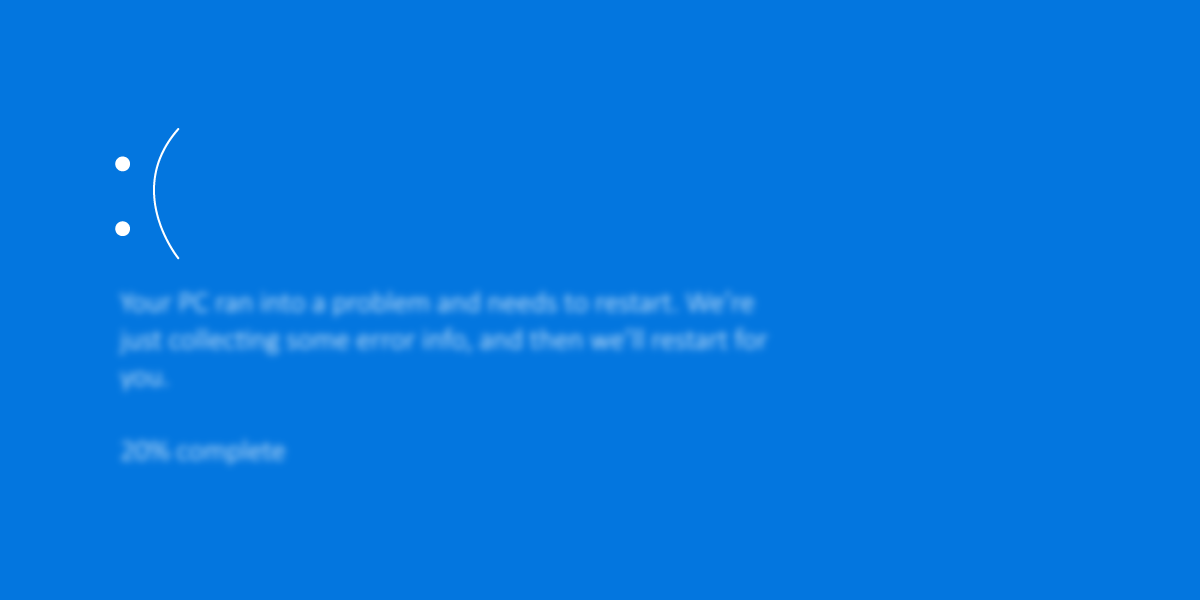Cybersecurity firm CrowdStrike is under intense scrutiny for causing a massive worldwide IT disruption through a flawed Windows device update. This disruption has become a goldmine for threat actors, who exploit the chaos to distribute the Remcos RAT (Remote Access Trojan) to customers worldwide under the guise of a hotfix.
The Attack Chain
The attack involves distributing a ZIP archive file named “crowdstrike-hotfix.zip.” This archive contains a malware loader known as Hijack Loader (also referred to as DOILoader or IDAT Loader), which subsequently launches the Remcos RAT payload. The ZIP file also includes a text file, “instrucciones.txt,” with Spanish instructions urging targets to run an executable file (“setup.exe”) to resolve the issue. CrowdStrike attributes this campaign to a suspected e-crime group, noting that the Spanish filenames and instructions suggest the campaign targets Latin America-based (LATAM) customers.
CrowdStrike’s Acknowledgement and Response
CrowdStrike’s Falcon platform sensor update caused a logic error, leading to a Blue Screen of Death for some Windows devices. Affected customers running Falcon sensor for Windows version 7.11 and above between 04:09 and 05:27 a.m. UTC should follow the provided remediation steps, including system reboots and recovery ISOs. Affected customers and enterprises should communicate with CrowdStrike through official channels to avoid falling victim to ongoing phishing campaigns.
Microsoft’s Role in Remediation
Microsoft has been actively involved in the remediation efforts alongside CrowdStrike. The tech giant revealed that the digital meltdown affected 8.5 million Windows devices globally, representing less than one percent of all Windows machines. Microsoft has rolled out a recovery tool that is available to help IT admins repair the impacted Windows machines. This tool is part of a broader effort to mitigate the fallout from the incident.
Broader Implications
This incident highlights the interconnected nature of the global tech ecosystem, which encompasses cloud providers, software platforms, security vendors, and customers. It underscores the importance of prioritizing safe deployment practices and robust disaster recovery mechanisms. The event has also drawn attention to the risks associated with relying on monocultural supply chains, where a single point of failure can have widespread repercussions.
Impact on Linux Systems
While the initial focus was on Windows devices, reports have emerged that CrowdStrike updates also caused issues for Linux systems. Specifically, updates led to crashes and boot failures in Debian Linux servers within an unnamed civic tech lab and triggered kernel panics in Red Hat and Rocky Linux distributions.
Exploitation by Threat Actors
Malicious actors quickly capitalized on the chaos, setting up typo-squatting domains that impersonate CrowdStrike. These domains advertise services to companies affected by the issue and demand cryptocurrency payments in return. CrowdStrike has advised affected customers to communicate only through official channels and follow the technical guidance provided by their support teams to avoid falling victim to these scams.
Conclusion
The incident is a stark reminder of the existing and oncoming vulnerabilities in our interconnected digital ecosystem. While CrowdStrike and Microsoft are diligently working to resolve the issue, the incident has already had widespread impacts on businesses, critical infrastructure, and everyday users. Moving forward, all stakeholders in the tech ecosystem need to prioritize robust security measures, continuous monitoring, and effective disaster recovery and backup plans to mitigate the risks of such disruptive events. This comprehensive approach is pivotal in addressing current challenges and fortifying defenses against future cyber threats, ensuring a resilient and secure digital environment for all.
Comments are closed.





